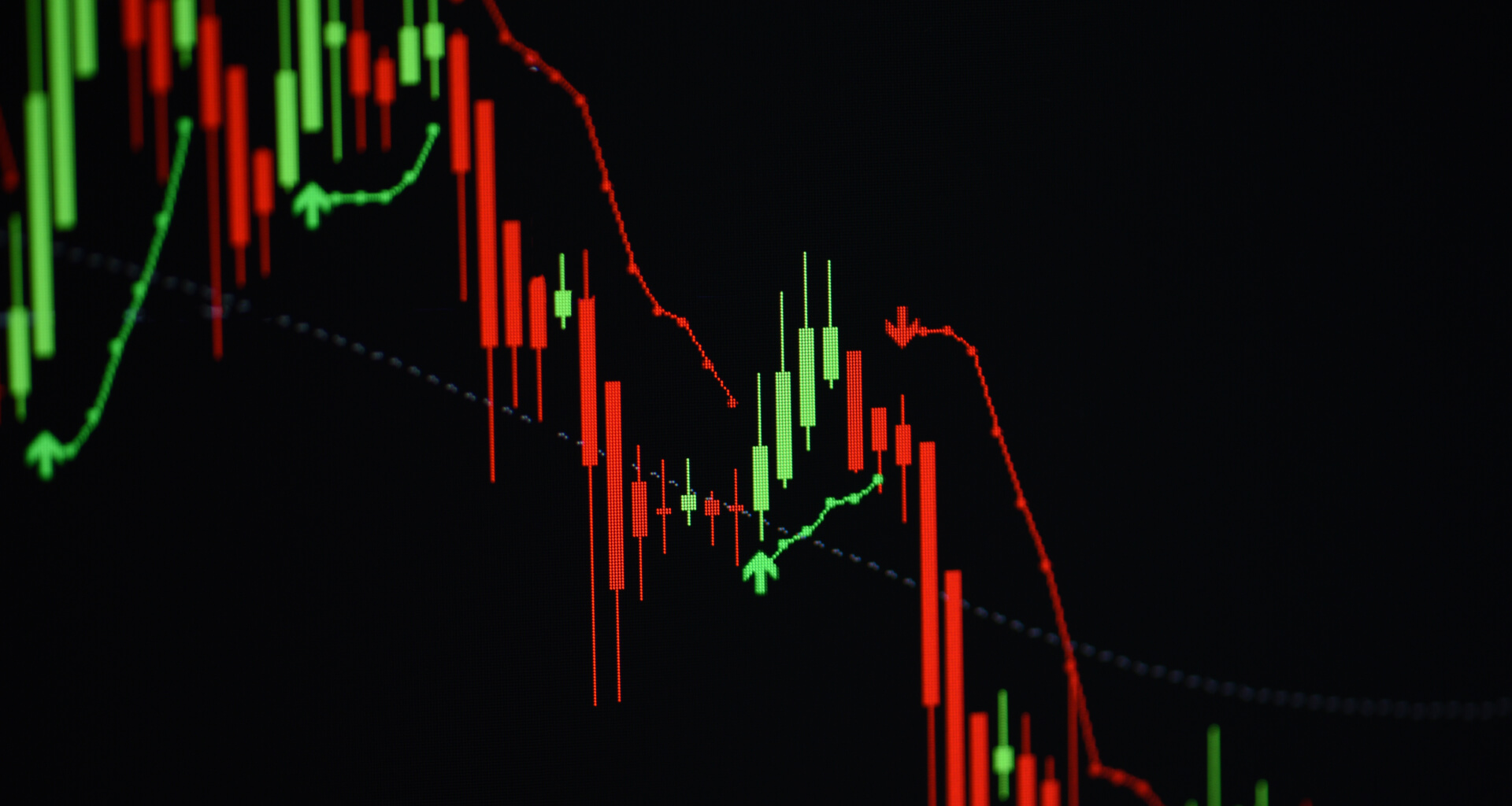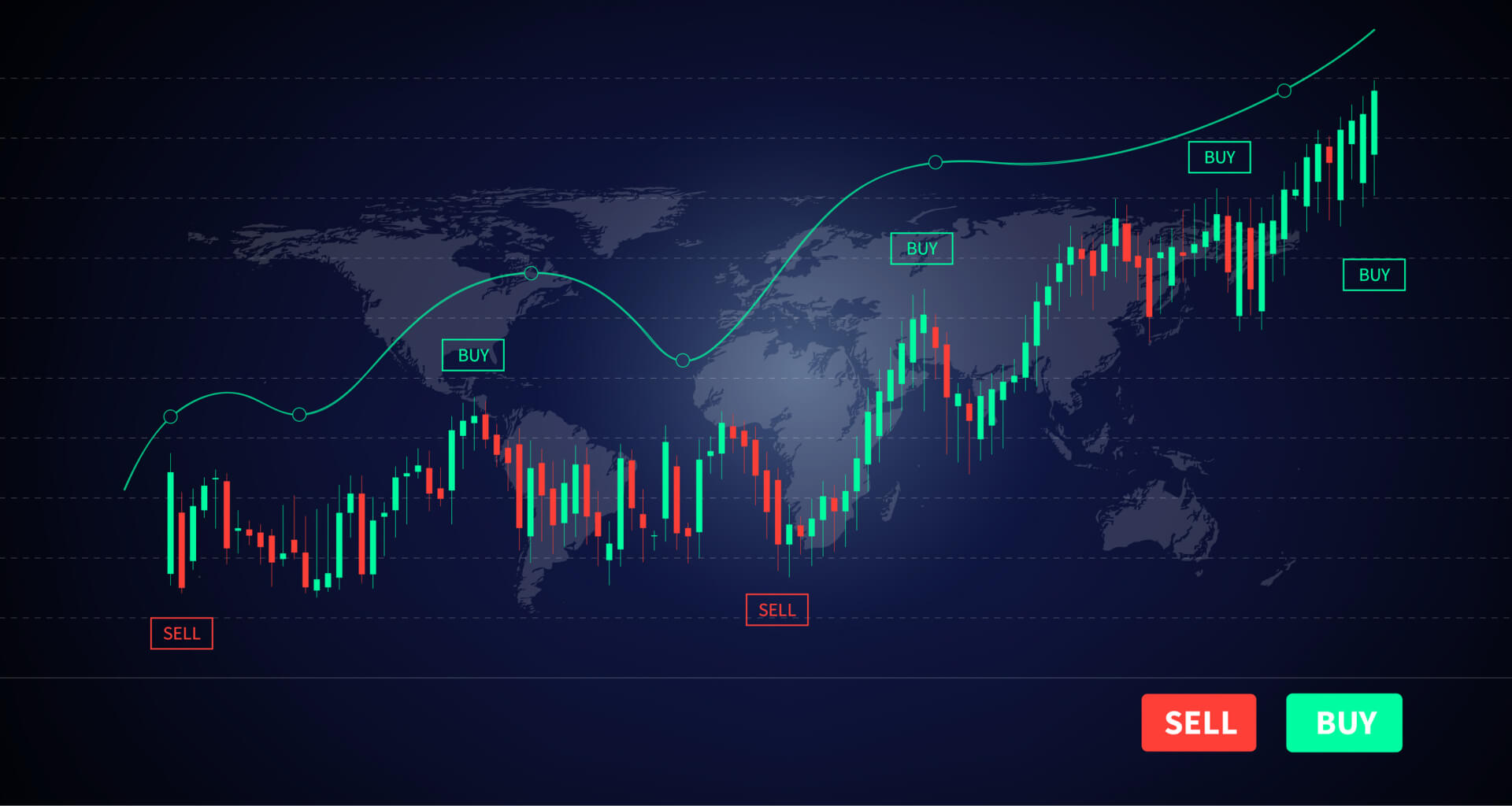The central bank is a bank that provides financial services to the government and the commercial banks of its country.
The main functions of the central bank are:
- money supply and exchange rate regulation;
- control of the release of national currency’s notes;
- lending and accepting deposits from commercial banks, as well as control of their activity;
- management of a country’s debt;
- maintenance of the gold currency reserves of the country;
- interaction with other central banks.
There are four main ways that central banks influence the foreign exchange market:
- Interest rate changing. Central banks increase interest rates in such a way that they make the currency of their country attractive to investors but complicate the life of commercial banks. For investors, savings in the currency of the country will bring more revenue, but for the commercial banks, it will cause a situation wherein lending money from central banks will cost more for them, which will automatically lead to an increase in interest rates for lending and deposit funds for the people. By cutting interest rates, the process is reverse.
- Financial market instruments. These are usually direct transactions with securities on the open market. Purchase of securities by the central bank leads to the increase of its reserves, which makes it possible to increase the volume of lending to enterprise in the various sectors of the economy, or lending of commercial banks, which lend money to these organizations in turn (depending on the structure of the interaction in one particular country). In such a way, the central bank stimulates the development of the economy. By selling securities, the reserves of the bank decrease as well as the possibility of credit from the bank, which causes a dampening effect on the economy.
- Reserve requirements changing. By changing these conditions, the central bank can limit the volume of credits, issued by the commercial banks, which will cause a change in the amount of money in the country.
- Foreign exchange operations. Central banks can operate on the foreign exchange market to cheapen/strengthen the national currency (intervention) or vice versa and hold it on a certain level. This is done by infusing or exempting the national currency into or from the international market. Also, central banks can place their assets in other central banks and directly exchange currency.

Central banks, such as the Federal Reserve System (U.S.A.), the European Central Bank (Europe), the Bank of England (Great Britain), the Bank of Japan (Japan), the Swiss National Bank (Switzerland), the Bank of Canada (Canada), the Reserve Bank of Australia (Australia) and the Reserve Bank of New Zealand (New Zealand) are the biggest and most powerful banks in the world, which have their impact on Forex.
The Federal Reserve System U.S.A.

The Federal Reserve System (FRS or FED) in the United States was founded in 1913 and had the functions of the central bank of the United States. The state has a main influence on the bank, although private shareholders own the capital with a special status.
FED is the most powerful central bank in the world. Because USD is the world’s reserve currency, FED has a tremendous impact on the value of many currencies.
The committee: The Federal Open Market Committee (FOMC), consists of the seven leaders of the Council of the Federal Reserve and five presidents of the 12 regional reserve banks. The Committee sets the interest rates.
Objectives: price stability and growth of the U.S. economy.
Meetings: eight times a year.
The European Central Bank

The European Central Bank (ECB) was founded in 1998. It is the central financial authority of the European zone, following the European Monetary Institute (EMI). EMI has played a significant role in preparing the introduction into the circulation of one European currency.
The committee: six members of ECB’s Governing Council and the heads of the 12 national central banks of the countries of the European zone. They make decisions on monetary policy.
Objectives: price stability, growth and maintenance of the annual consumer price growth below 2%. The bank seeks to prevent the rising cost of the European currency because of the European zone’s export-dependence.
Meetings: once every two weeks. However, meetings on monetary policy are held 11 times a year and are accompanied by a press conference.
The Bank of England

The Bank of England (BOE) was organised as a private bank in 1694, but it started to serve as the central bank of Great Britain in 1946 after nationalisation. BOE is considered to be one of the most powerful central banks in the world.
The committee: the head of the BOE, two deputies, two executives and four external experts. The committee is responsible for monetary policy.
Objectives: monetary and financial stability support and holding inflation at the level of 2%. If inflation is less than this level, the bank will do everything to increase it to the level of 2%.
Meetings: once a month.
The Bank of Japan

The Bank of Japan (BOJ) was founded in 1873 based on the Law of National Banks, influenced by the American law of 1863. It has the status of the joint-stock company which is the main feature of the bank. The Japanese government is the owner of 55% of the capital. The remaining 45% is held by insurance companies, financial institutions and other investors.
The committee: the head of the bank, his two deputies and six other members. The committee is responsible for monetary policy.
Objectives: support of the price and financial stability of Japan. Just like ECB, BOJ seeks to prevent the increase of the national currency’s value because of the export-dependence of the country.
Meeting: once or twice a month.
The Swiss National Bank

The Swiss National Bank (SNB) was founded in 1907. It has two headquarters: in Bern and Zürich.
The committee: the head of the bank, his deputy and one member. The committee makes decisions on interest rates. Unlike other central banks, SNB sets only the range of interest rates.
Objectives: ensure price stability and prevent the excessive growth of the national currency (because of the export-dependence of the country).
Meetings: once in three months.
The Bank of Canada

The Bank of Canada (BOC) started its work in 1935. The headquarters of the bank is situated in Ottawa.
The committee: the head of the bank and five deputies. The committee makes decisions on monetary policy.
Objectives: maintain the integrity and value of the currency, and hold inflation at 1% to 3%.
Meetings: eight times a year.
The Reserve Bank of Australia

The Reserve Bank of Australia (RBA) is officially a central bank since 1960, after getting its rights from the Commonwealth Bank of Australia.
The committee: the head of the bank, his deputy, the Minister of Finance and six independent members, appointed by the government. The committee is responsible for monetary policy.
Objectives: ensure monetary stability and economic growth, maintain the full employment and the rising incomes of the country, and holding inflation at 2% to 3%.
Meetings: once a month, except January.
The Reserve Bank of New Zealand

The Reserve Bank of New Zealand (RBNZ) was founded in 1934. The state wholly owns it. The main feature of the bank is tough control over the implementation of goals. In case of failure, the head of the bank may be changed.
The committee: the head of the bank makes the final decisions on monetary policy.
Objectives: ensure price stability and the stability of interest rates, exchange rates and the economy, as well as hold inflation at 1.5%.
Meetings: eight times a year.




